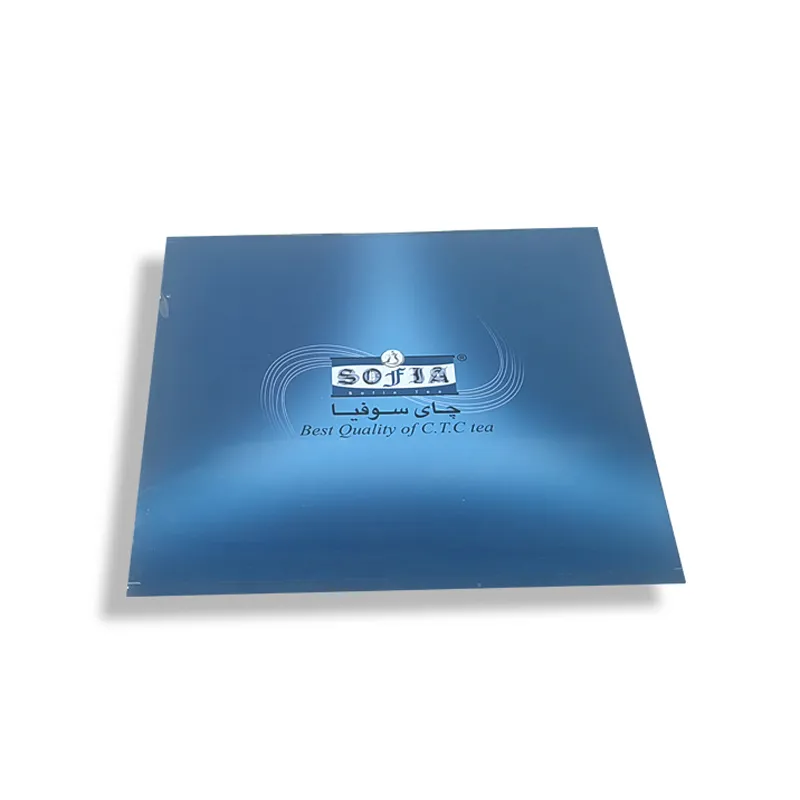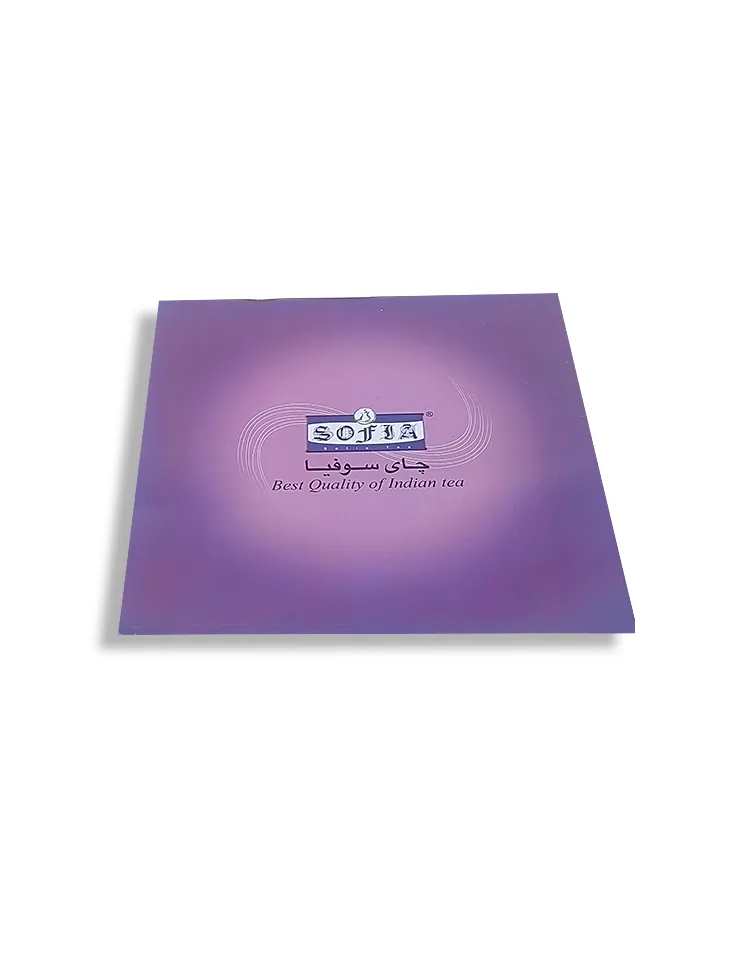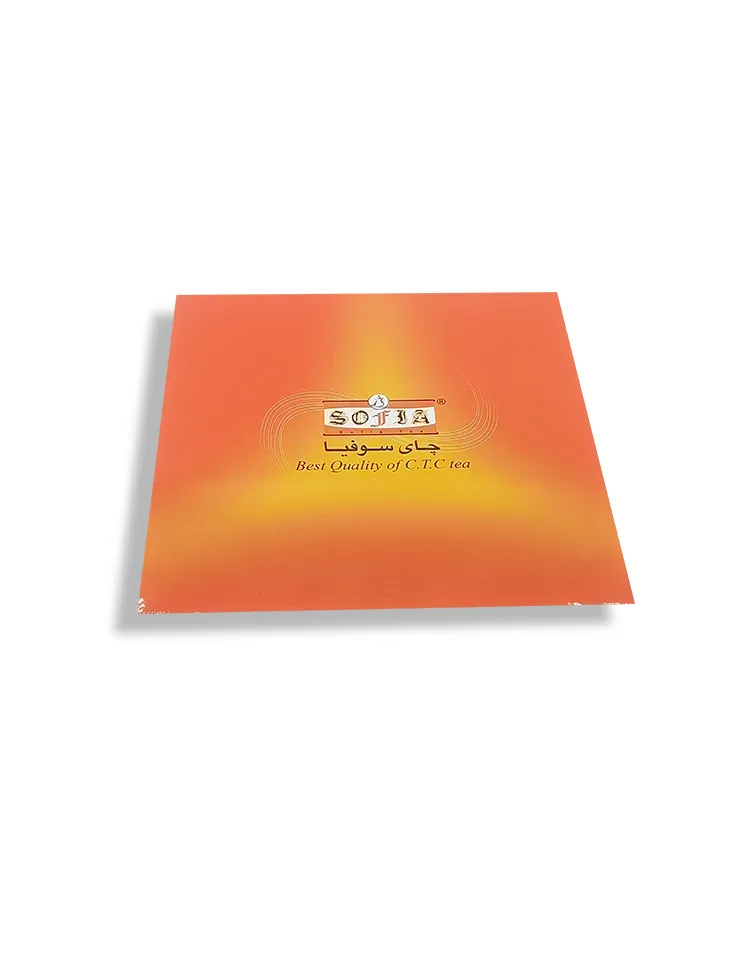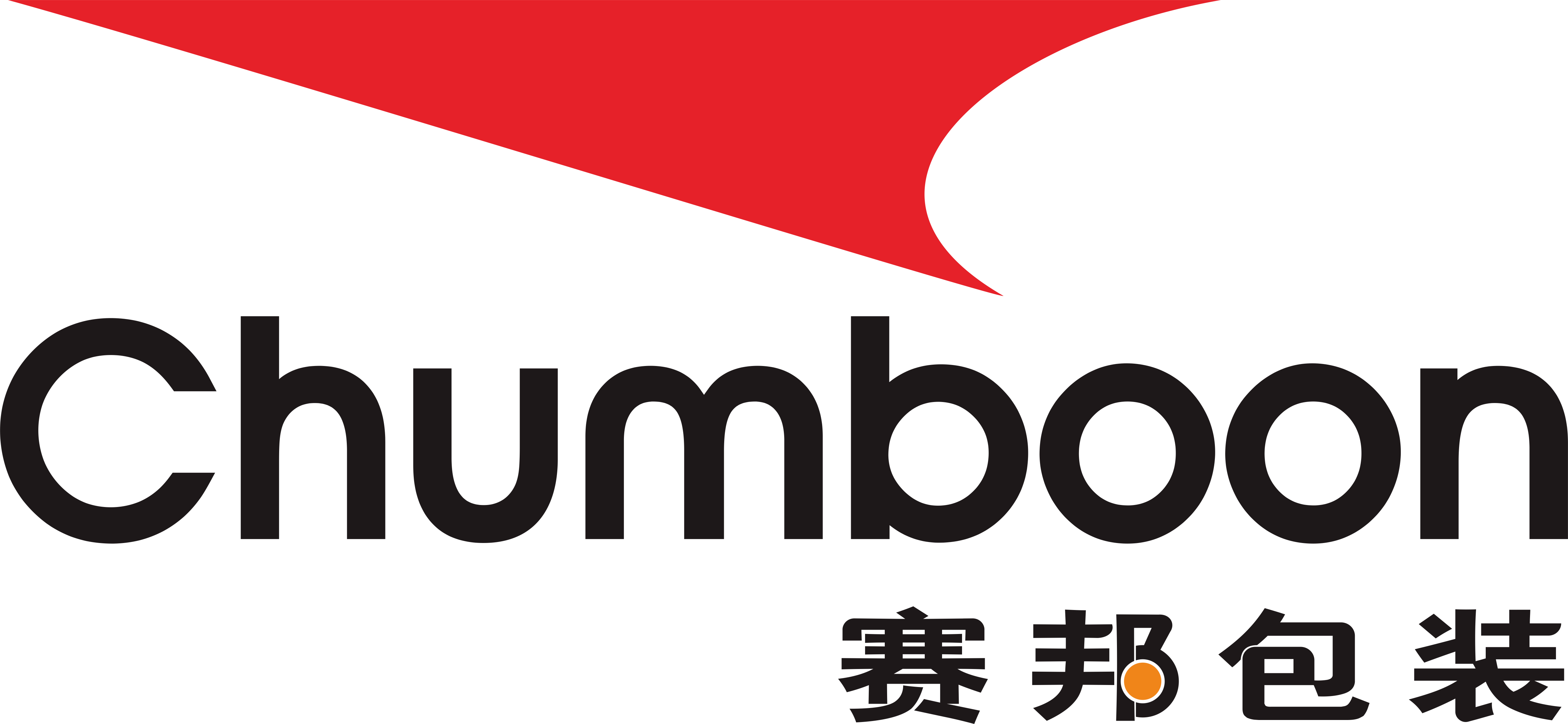Tinplate sheet is a packaging material widely used in various industries such as food, beverage, and chemical industry. Due to its excellent anti-corrosion performance and processing characteristics, tin plate sheet is highly favored in the market. Thickness is a crucial parameter for all aspects of the production and application of tinplate sheet.
This article will discuss in detail the thickness range, measurement method, factors affecting thickness selection, and its importance in different applications of tinplate sheet.

What is the thickness of tin plate sheet?
The thickness of tinplate sheet is usually expressed in millimeters (mm) or micrometers (μm), and the common thickness range is between 0.10mm and 0.50mm. Specifically, according to different application requirements, the thickness of tinplate sheet can be divided into the following categories:
1. Ultra-thin tinplate sheet
● Thickness range: 0.10mm to 0.20mm
● Main application: Ultra-thin tinplate sheet is mainly used for product packaging that requires lightness and high ductility, such as lightweight food cans and some cosmetic containers.
2. Standard tinplate sheet
● Thickness range: 0.20mm to 0.30mm
● Main application: Standard tin plate sheet is the most common thickness range and is widely used in food cans, beverage cans and daily chemical product packaging.
3. Thick tinplate sheet
● Thickness range: 0.30mm to 0.50mm
● Main application: Thick tin plate sheet is mainly used for packaging that requires higher strength and durability, such as large chemical barrels and protective packaging for industrial products.
Thickness measurement method of tinplate sheet
In order to ensure the quality and consistency of tinplate sheet, thickness measurement is a key step. Common thickness measurement methods include mechanical measurement and non-contact measurement.
1. Mechanical measurement method
Mechanical measurement method usually uses a micrometer or thickness gauge to measure the thickness of tinplate sheet. This method has high accuracy, but requires contact with the sample surface and may cause slight damage to the surface.
● Micrometer: A precision measuring tool, usually used to measure thinner tinplate sheet, with an accuracy of up to 0.01mm.
● Thickness gauge: by clamping the sample and reading the thickness value, it is suitable for tinplate sheets of various thicknesses.
2. Non-contact measurement method
The non-contact measurement method uses optical or electronic technology to measure the thickness, avoiding damage to the sample surface. This method is suitable for online detection and high-precision occasions.
● Laser thickness gauge: using the principle of laser reflection to measure thickness, it has the characteristics of high precision and high speed, and is suitable for automated production lines.
● Ultrasonic thickness gauge: the thickness is measured by the propagation speed of ultrasonic waves in the material, which is suitable for various materials and thickness ranges.

Factors affecting the selection of tinplate sheet thickness
The thickness selection of tinplate sheet is affected by many factors, including the product's use environment, functional requirements, processing technology and economic costs.
1. Product use environment
Different use environments have different requirements for the thickness of tin plate sheet. For example, tin plate sheets used in highly corrosive environments require thicker coatings and substrates to improve corrosion resistance; while in situations where light packaging requirements are high, thinner tin plate sheets need to be selected.
2. Functional requirements
The functional requirements of the product directly affect the thickness selection of the tinplate sheet. For example, for packaging that requires high strength and pressure resistance, thick tinplate sheets are necessary; while for products that require high ductility and easy processing, thinner tinplate sheets should be selected.
3. Processing technology
Different processing technologies have different requirements for the thickness of the tinplate sheet. For example, processing technologies such as stamping and stretching have high requirements for the thickness uniformity and ductility of the tinplate sheet, so it is necessary to select a tinplate sheet with moderate thickness.
4. Economic cost
The thicker the tin plate sheet, the higher the cost. Therefore, under the premise of meeting the functional requirements and processing technology requirements, choosing a tinplate sheet of appropriate thickness can effectively control the production cost.

The importance of tinplate sheet thickness in different applications
1. Food packaging
In food packaging, the thickness of the tin plate sheet is directly related to the sealing performance and durability of the packaging. Standard tinplate sheets (0.20mm to 0.30mm) are often used in food cans and beverage cans, which can ensure both sealing and packaging strength.
2. Chemical product packaging
Chemical products are usually highly corrosive, so thicker tinplate sheets are required to improve corrosion resistance. Thick tinplate sheets (0.30mm to 0.50mm) are often used for protective packaging of chemical barrels and industrial products.
3. Pharmaceutical and health care product packaging
In pharmaceutical and health care product packaging, the thickness of the tinplate sheet not only affects the protective performance of the packaging, but also affects the safety and effectiveness of the product. Standard tinplate sheets (0.20mm to 0.30mm) are often used in pharmaceutical packaging to ensure the stability and safety of the drugs.
4. Daily consumer product packaging
Daily consumer products such as cosmetics and perfumes require exquisite packaging appearance and moderate strength, so ultra-thin and standard tinplate sheets (0.10mm to 0.30mm) are often used in the packaging of these products to meet their lightness and beauty requirements.

Industry standards and specifications for tinplate sheet thickness
In order to ensure the quality and consistency of tin plate sheets, various countries and regions have formulated corresponding industry standards and specifications. These standards have detailed provisions for the thickness, coating thickness, material composition, etc. of tinplate sheet.
1. International standards
The International Organization for Standardization (ISO) has developed a series of standards for tinplate sheet, such as ISO 11949 "Specifications for tinplate sheet and steel strip". These standards specify the thickness range, mechanical properties and test methods of tin plate sheet.
2. National standards
Each country has formulated corresponding national standards based on its own production and application needs. For example, China's GB/T 2520 "Tinplate sheet and steel strip" standard has detailed provisions for the thickness, chemical composition and performance requirements of tinplate sheet.
3. Industry specifications
In addition to national and international standards, different industries have also formulated corresponding specifications. For example, the food packaging industry and the chemical industry have special requirements for the thickness and anti-corrosion performance of tin plate sheet. These industry specifications provide important technical guidance for the production and application of tinplate sheet.
Conclusion
The thickness of tinplate sheet is an important parameter that affects its performance and application. From the thickness range of 0.10mm to 0.50mm, choosing the right thickness according to different application requirements can ensure the functionality and economy of the product. Through precise measurement methods, reasonable thickness selection and strict standard specifications, tinplate sheet is widely used in various fields and provides important support for our life and industrial production.
Understanding and mastering the thickness characteristics of tin plate sheet not only helps to improve the quality and safety of products, but also effectively control production costs and enhance market competitiveness.

